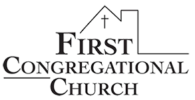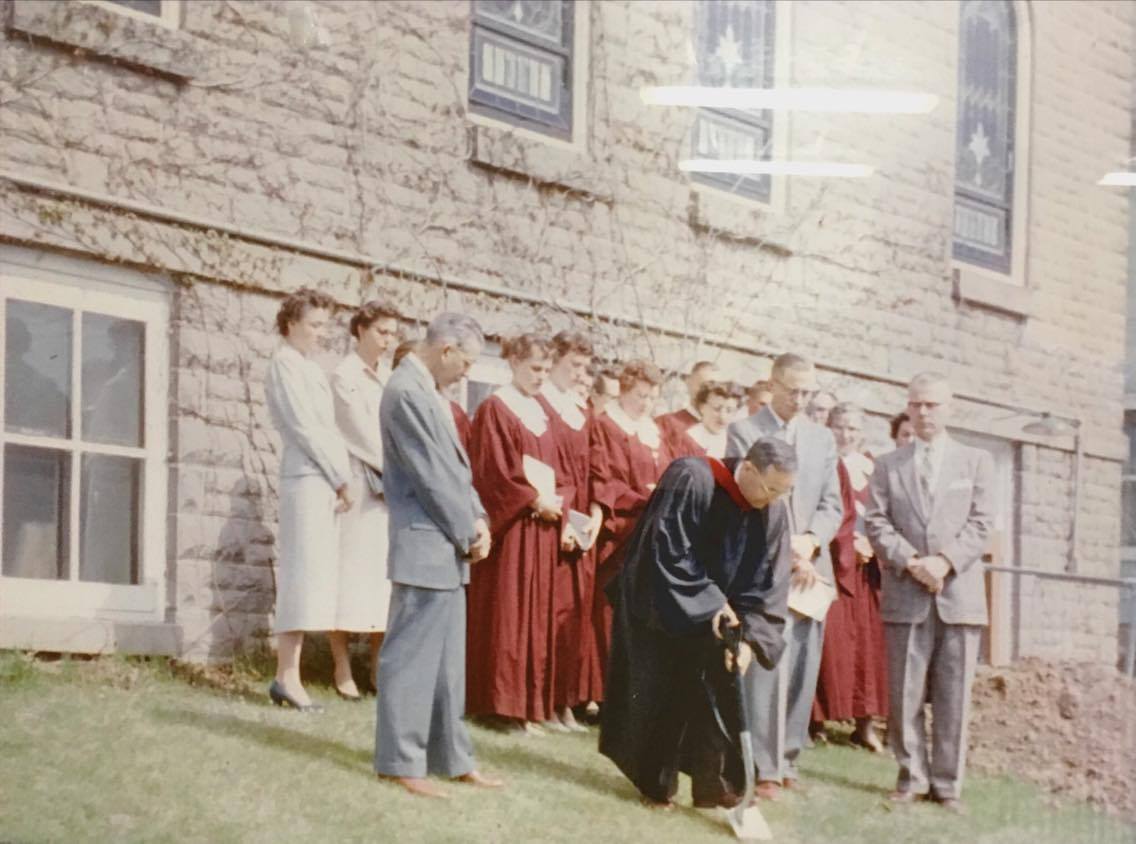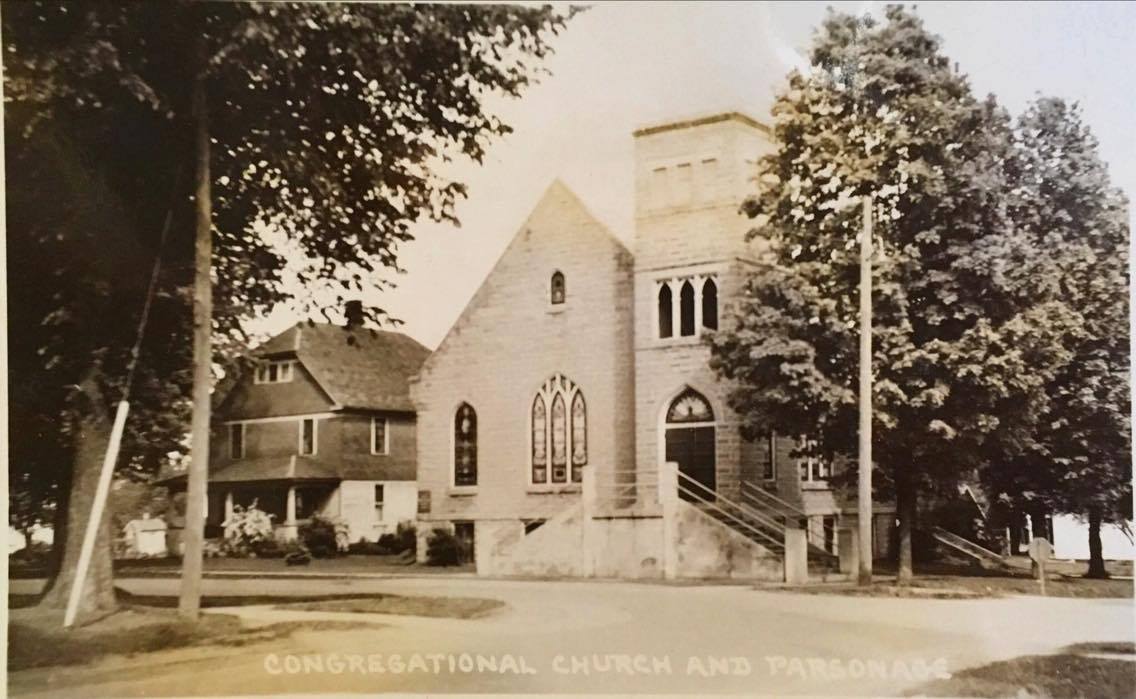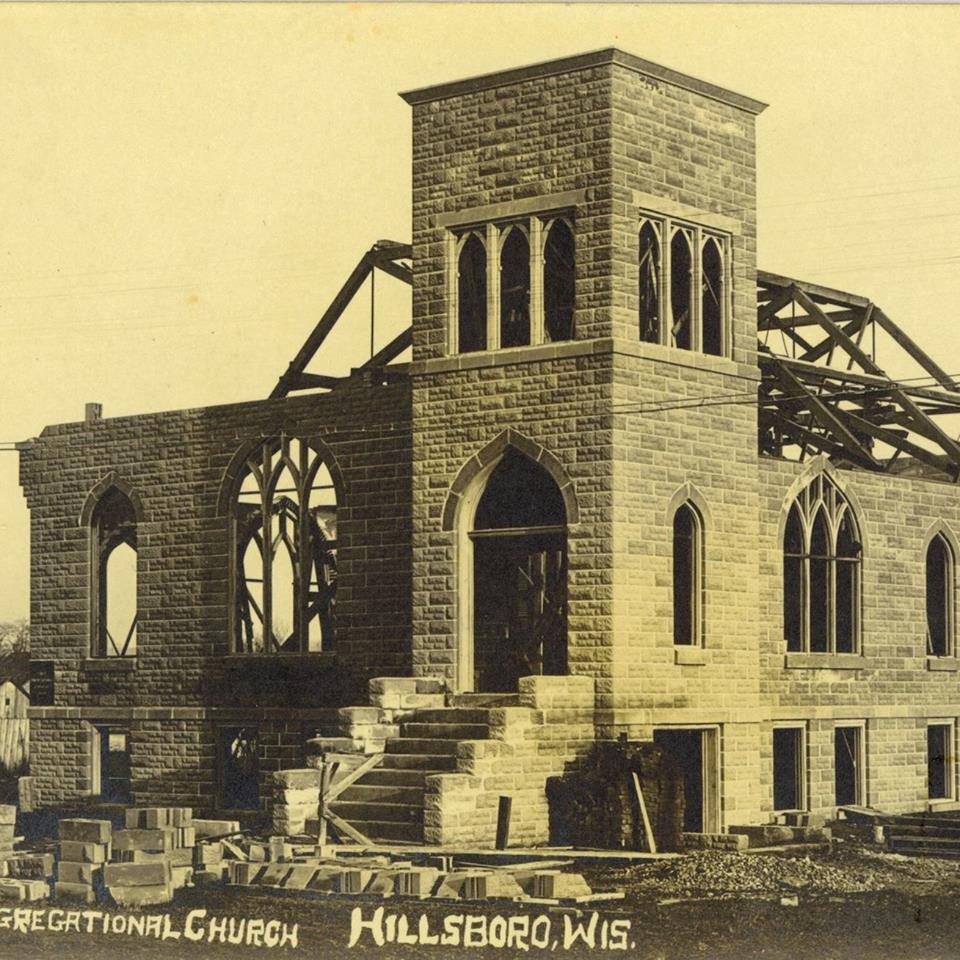With no English-speaking churches in the Hillsboro area in 1890, there became a movement to create an English-speaking Congregational church there. The founding of what is now the First Congregational Church of Hillsboro, Wisconsin took place during the summer and autumn of the year 1891, with the first organizational meeting on July 22nd attended by “intending members.” On July 28th membership of forty-six persons was “recommended to be joined in the covenant on confession of faith or by letter.” Each member was spiritually examined and baptized. They each signed the following membership covenant: “We whose names are hereunto subscribed, do hereby solemnly promise that, as members of the Church of Christ, we will faithfully endeavor to honor it in our conduct and life; to give diligent attendance upon its services and ordinances; to refrain from opposing its faith; to submit to its rules and discipline; to labor and pray for its increase, purity and peace; and to walk with its disciples in love, seeking and improving opportunities to minister to them.” The first officers of the church were elected on August 4th, 1891. The actual institution of the church as a member of the Congregational fellowship took place on October 19th, 1891 when the writing of its Constitution was completed. The church became a member of the La Crosse Association of Congregational Churches and a call was extended to the Rev. A. C. Smith to become the first permanent pastor of the congregation. The church became incorporated as a legal religious organization under the laws of the State of Wisconsin on October 30th, 1891. It is historically evident that the Hillsboro Congregational Church arose out of the conviction of people in this community that there must of necessity be established here a spiritual vehicle which would carry forward their religious beliefs, uniting the people of that predilection in a fellowship of worship. Thus it was that when the pioneers founded the First Congregational Church in Hillsboro they established it in the surety of conviction, and with the faith that its mission would be that of spiritual service not only to themselves but to generations far beyond their own. We who have inherited their tradition feel certain that they were people who lifted up their eyes to see the Message of Eternity–and fortified by faith, they then looked courageously down the road of an uncertain future. The purpose of the new congregation was a sacred one–to worship God, to impart to its members an understanding of their place and duties in God’s family; and to set an example in the spiritual idealism and practices of righteous men and women. The first home of the Hillsboro Congregational Church was in a building that had been the house of worship of the Free Will Baptist Church, one of the earliest pioneer Protestant organizations in this area. This structure was located on what is now the southwest corner of the former Hillsboro Public School grounds, now the Civic Center. This early-day church was built in 1870 and continued in use by the Free Will Baptist congregation until 1881. However, it was not until November of 1898 that the ownership of the Free Will Baptist building was transferred to the local Congregational church. Within a short while, the building proved to be too small for the growing congregation. Thus it was that at a meeting held on August 17, 1894, during the pastorate of the Reverend Alexander Chambers, it was decided to build an addition that almost doubled the size of the church. The bell which hung in the steeple of the newly remodeled church was a gift from Albert Field, who was often known as “Deacon Field.” This bell hangs today in the tower of the present Congregational church and has summoned several generations of worshipers to services. The decision to build the present church building was made in October of 1906. For some time it had been evident that the old church was lacking both size and facilities to meet the need of the congregation. On April 22nd, 1907 the church clerk, Mrs. Frances Winslow Mallow, noted: “Special meeting called to consider the building of the new church.” A building committee composed of Rev. Cameron, R. Hammer, Dr. A. N. Jones, B. I. Baley, Fred G. Lemke, R. Richards, F. C. Fine, and Edward Lind was appointed, with E. V. Wernick treasurer and W. O. Shear secretary. M. H. Vail of Dickson, Illinois was the architect. At a meeting held on April 10, 1908, in the harness shop of F. G. Lemke, definite steps were taken toward preparation for construction. It was decided to build the new church of the Miracle Concrete Block, the contract for same being awarded to the Hillsboro Cement Works owned by R. F. Myers. On June 2, 1908 the first ground was broken and the excavations for the new church commenced. The cornerstone was laid by Mrs. Helen Pinch. A copy of the church history and of the local newspaper, the Hillsboro Sentry-Enterprise were enclosed. The location is at the northeast corner of the intersection of High Avenue and Lake Street.In the late summer of 1909, the old church was sold to Mr. E. Watson for $300, and the former church site to the Hillsboro school district. The first service was held in the new church on August 29, 1909. The Dedication was held on September 14, 1909. In her account of the dedication, Church Clerk Miss Josephine Quinn wrote: “The day of our church dedication came in with a downpour of rain but a sufficient number of the brethren (that is, visiting clergymen) came to carry out a good program.”At a banquet to celebrate the dedication, it was noted “The weather was very unfavorable and yet more than 400 people turned out to this service and banquet.” The first serious discussion regarding building a parsonage did not come until the pastorate of the Rev. Frank J. Scribner who became minister of the Hillsboro church in October 1912. This parsonage was replaced by the present fine new, modern structure constructed in 1975 during the pastorate of Rev. Donald A. Ehler. In 1978 the Hillsboro Congregation voted to withdraw from the United Church of Christ and joined in membership with the Conservative Congregational Christian Conference–a rapidly growing denomination in the traditional Congregational heritage. From 1978 to 1981, the Reverend Ehler served in the capacity as a member of the National Board of Directors of the “CCCC” in which he gave valued service in the national, regional, and state advancement of the denomination. This account is a very brief, incomplete history of the First Congregational Church of Hillsboro. To record the saga of its founding, its growth, its successes–advancing to today’s leadership–would require many volumes. But this much should be said in summation–the influence this Church has had on many lives, the dedication, solace, and strength it has conferred, the guidance and service it has provided–are all attributes strong in the Christian Tradition–a heritage to treasure and to enhance for the good of all in the years ahead. (Source: Edwin W. Shear, 1981 / Alan Picha & Thomas Hotek, 2016) PASTORS OF FIRST CONGREGATIONAL CHURCH OF HILLSBORO
The roster of Pastors is as follows:
| A. C. Smith | 1892-1893 | John Lambrecht | 1929-1936 | |
| Alexander Chamber | 1893-1895 | Luther E. Stonecipher | 1936-1940 | |
| Thomas Barker | 1895-1900 | James Eugene McLain | 1940-1944 | |
| W. Stark | 1900-1902 | Richard J. Wichlei | 1944-1948 | |
| A. Rowell | 1903-1904 | J. Paul Tatter | 1948-1961 | |
| Malcolm J. Cameron | 1904-1910 | William R. Schafer | 1962-1970 | |
| Frederick A. Slyfield | 1910-1912 | Sterling R. Demond | 1970-1972 | |
| Frank J. Scribner | 1912-1917 | Donald A. Ehler | 1973 – 2013 | |
| Thomas N. Hoffman | 1917-1919 | Russell Wooten | 2013 | |
| Thomas A. Hawkes | 1920 -1923 | Isaac Fleming | 2013 – 2016 | |
| Ross B. Hartman | 1924-1925 | David C. Bordy | 2017 – 2018 | |
| S. Bryant Welles | 1925-1929 | Aaron Thompson | 2019 – present |




